Nutritious whole grain oat flour is one of the best gluten free flours you can use in baking! Here's how to make oat flour at home, plus some great ideas of how to use it once you've got it stashed in the pantry.

How to Make Oat Flour
Got a food processor or blender? That's all you'll need to quickly and easily whip up a batch of homemade oat flour! This wonderful gluten free flour is made from everyone's favorite whole grain oats! Making homemade oat flour is an economical and quick way to make oat flour in your kitchen, and you can make as much or as little oat flour as you need.
Oats are a type of cereal grain from the Poaceae grass family of plants (their botanical name is Avena sativa). When we eat oats we are eating the edible seeds of oat grass. Oats are a good source of fiber, phosphorous, thiamine, magnesium, and zinc.
Even better, oat flour has a lovely, almost buttery, slightly sweet flavor that is wonderful in all sorts of sweet baked goods. It is my absolute favorite gluten free baking flour and it works perfectly in almost any recipe you can think of.
What Type of Oats Can I Use to Make Oat Flour?
You can use any type of oats to make oat flour, but my preference is for rolled (old-fashioned) oats because those are the ones I always keep stocked in my pantry to make granola and oatmeal. You can use old-fashioned, rolled oats, steel-cut oats, or quick/instant oats. Note that steel-cut oats are more dense so they will need a longer processing time and will give you twice as much flour per cup.
Is Oat Flour Gluten Free?
Oats and oat flour are gluten-free because oats do not contain any wheat. However, if you are making your oat flour, make sure to pick up a package of certified gluten free oats if you are celiac or very sensitive to gluten. Commercial oats are often processed in facilities that also process wheat-containing products, and cross-contamination can be a real concern. However, if you purchase oats that are certified gluten free you can alleviate any worry because the oats will be processed in a dedicated gluten free facility. Learn more about how oats are gluten free and what are some safe brands to look for in this post.
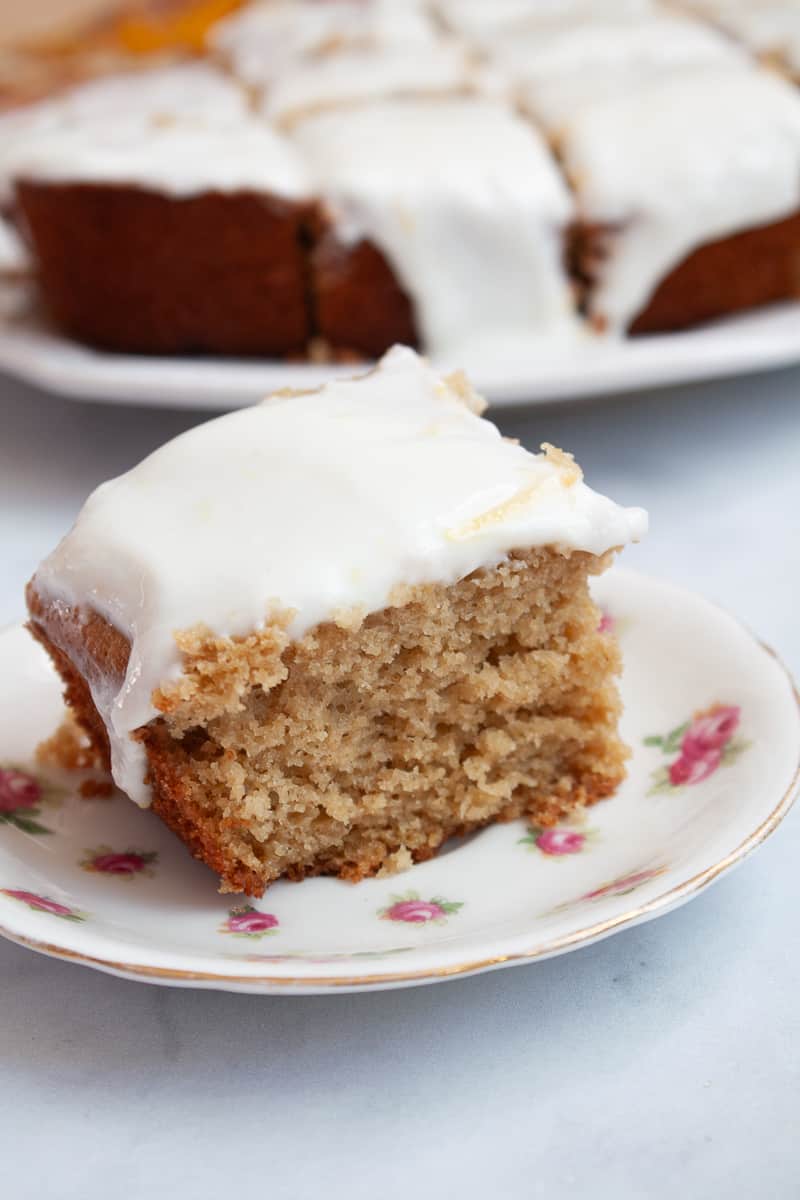
How to Use Oat Flour
Oat flour is amazing in so many recipes! It's a gluten free flour powerhouse and creates desserts, like that oat flour cake pictured above, with a gorgeously fluffy texture and tender crumb. You can use oat flour to thicken sauces, add it to soup, or tuck it into all sorts of recipes from muffins to cookies to quick breads, cakes, and more. I've included a list of delicious oat flour recipes lower down!
How to Substitute Oat Flour
In conventional baking, the general rule of thumb is to substitute about 25% of all-purpose flour in a recipe with oat flour or to choose a recipe that's specifically written to include oat flour. However, I believe that if you weigh your flour you can often do a straight swap of gluten free flour for all-purpose flour in many recipes. I do recommend that you experiment on your own with some favorite recipes and see how they work for you (or try one of my many tested recipes that include oat flour either as a standalone flour or in combination with other gluten free flours). Keep in mind that oat flour weighs less than conventional wheat flour, with 1 cup of oat flour weighing 120 grams. This is why substituting by weight is so important.
Baking Only with Oat Flour
In my opinion, it's absolutely possible to bake only with oat flour despite it being a gluten free flour. Oat flour is especially nice in cookies, where a straight 1:1 swap is hardly noticeable. If you bake by weight, you'll often easily be able to substitute a cup of all-purpose flour with oat flour.
The difficulty comes in when you try to sub oat flour in recipes that don't list the weight measurements - did you know that the range for a cup of wheat flour can range from 120-145 grams? That is a big differential! I don't recommend substituting oat flour in recipes unless the weight measurements are given, otherwise, the ratios will be off, and your final product may turn out either too wet or too soggy. If you bake a recipe that calls only for oat flour, that recipe will have been developed specifically for oat flour and you can use the cup measurements given. This is a reason why I always include both weight measurements in grams and cup measurements in all of my recipes.
I love baking with just oat flour and have developed a lot of recipes on this site that call for oat flour as the only flour needed. I do find that a binder, such as eggs, is helpful when baking with just oat flour (or any gluten-free flour) because it's a bit more delicate than all-purpose flour which contains gluten for structure. You can use oat flour in vegan recipes but the addition of a binder such as flax seeds is helpful if you're not including eggs. Oat flour is also wonderful in a gluten free flour blend or paired with one or two other simple gluten free flours (for example almond flour and/or tapioca starch).
How To Make Oat Flour
The super simple steps for how to make oat flour are outlined below. Learn how to do it, then easily go ahead and make a batch of oat flour!

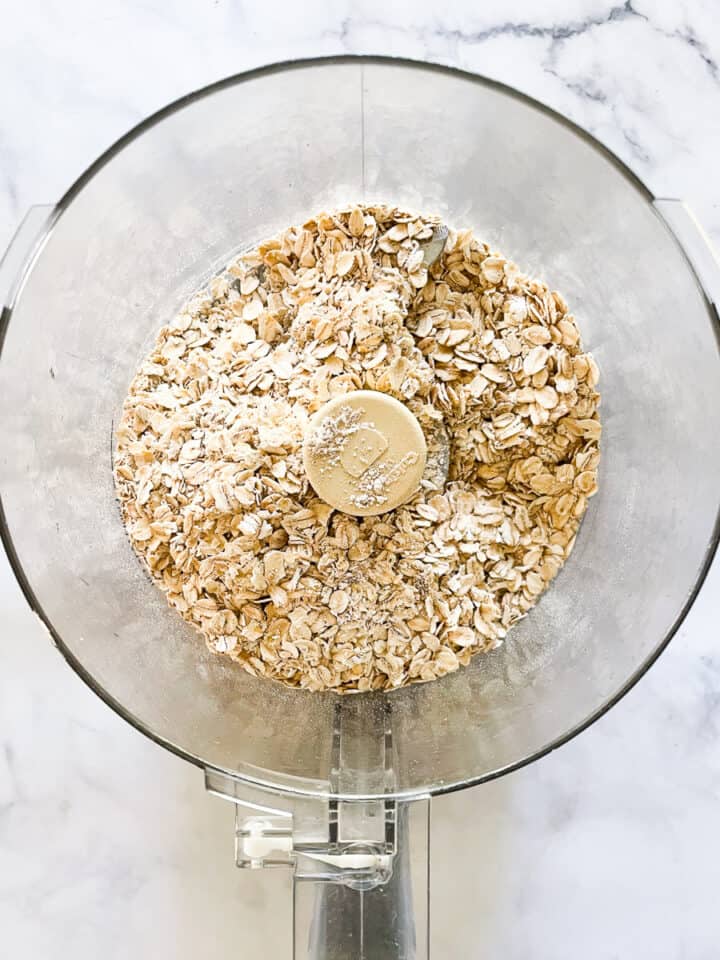
- Prepare: Place oats in a food processor.
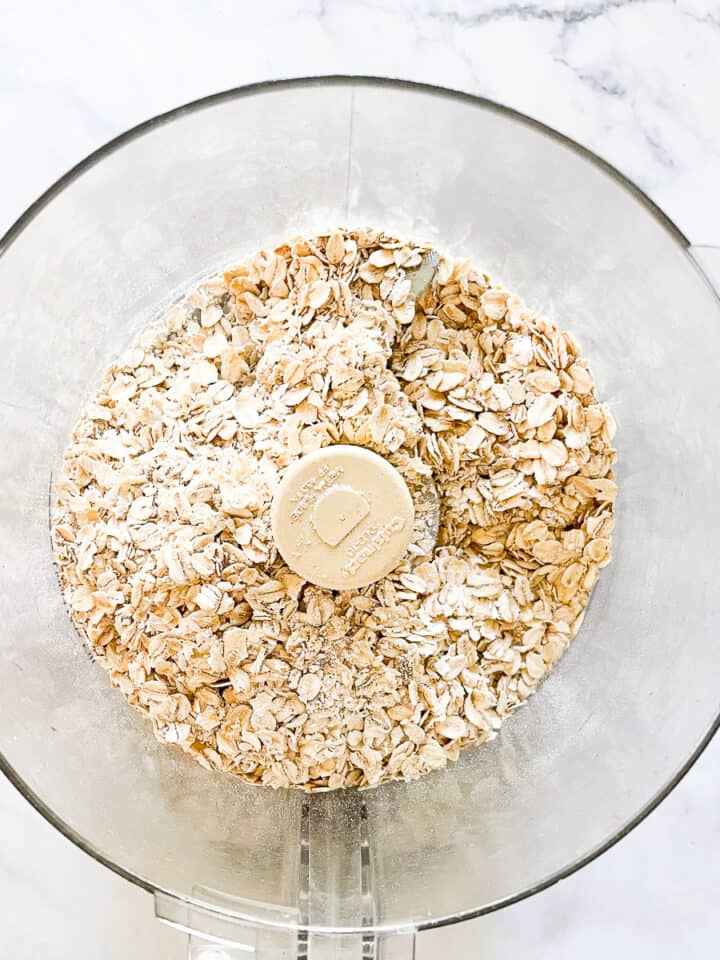
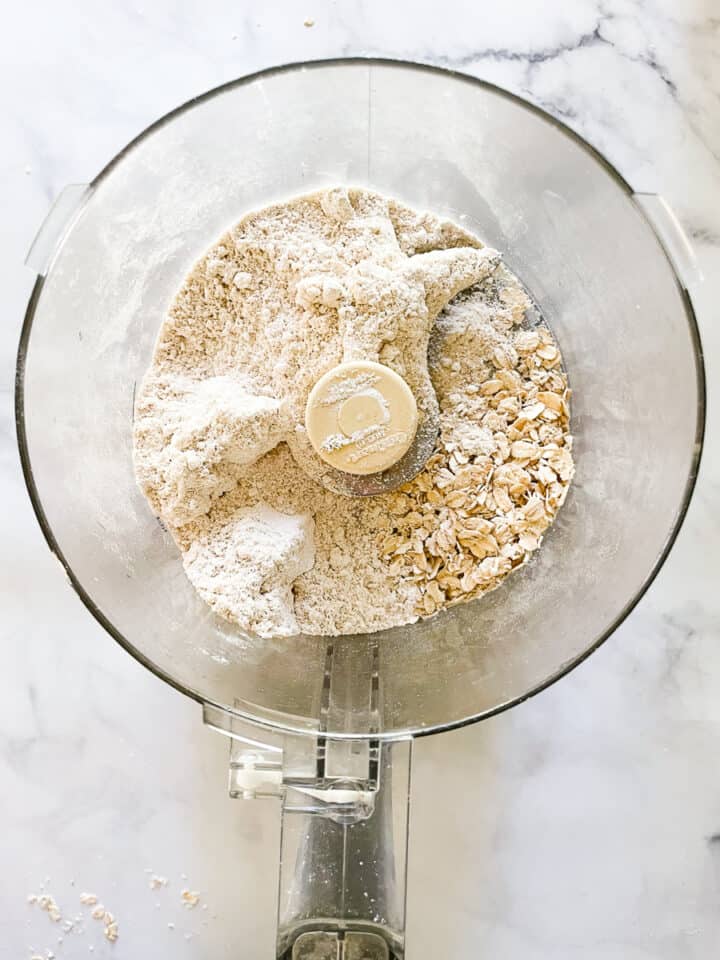
- Process: Turn on the food processor and process the oats until a fine powder forms.
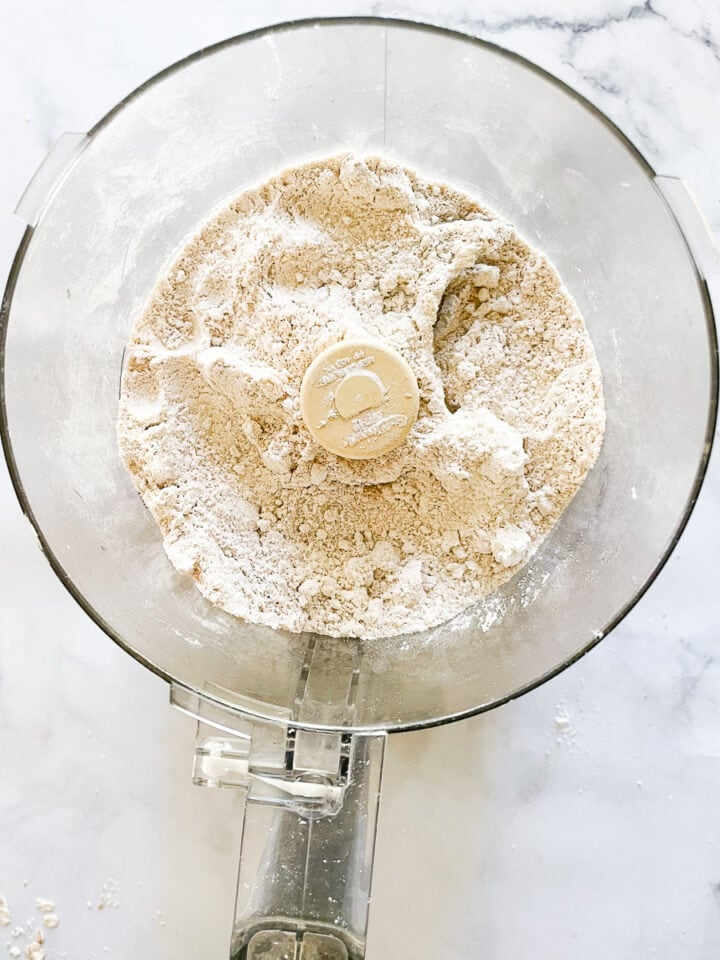
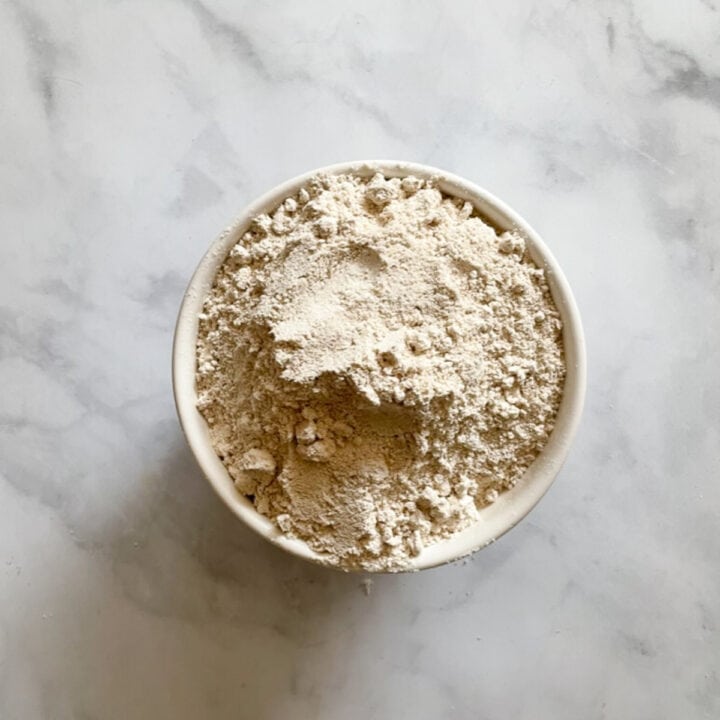
- Finish: Check the oat flour to make sure there are no bits of oats remaining, then transfer to a container to store.
How Much Flour Will My Oats Yield?
Here's a quick reference guide for when you make homemade oat flour:
- Quick cooking or old-fashioned oats: Scoop and level the oats. 1 cup weighs 100 grams and will yield a little over 1 cup of oat flour.
- Steel-cut oats: Scoop and level the steel-cut oats. 1 cup weighs 176 grams and yields exactly 2 cups (spooned and leveled) of oat flour.
Gluten Free Oat Flour Baking Tip
Make sure to let your batter with oat flour rest for at least 10 minutes before baking or cooking it (this applies to waffles or pancakes). All gluten free flours benefit from a rest before being baked, and oat flour in particular needs a brief hydration phase so that it absorbs the liquids in the batter and creates a fluffier, better-structured final product. My recipes always have the hydration period included in the instructions.
How to Store Oat Flour
Store homemade oat flour in an airtight container at room temperature for up to 3 months, or in the freezer for up to 6 months.
Recipes that Use Oat Flour
A few of my favorite oat flour recipes are listed below (they're all gluten free!). I have many more on this site (just search "oat flour") and am constantly adding to them because I love baking with this wonderful gluten free flour!
- Oat Flour Chocolate Cake
- Oat Flour Chocolate Chip Cookies
- Oat Flour Cinnamon Rolls
- Oat Flour Blackberry Muffins
- Oat Flour Banana Muffins
- Oat Flour Cake
- Oat Flour Pancakes
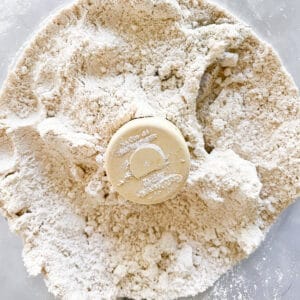
Homemade Oat Flour
Equipment
- 1 Food processor or blender
Ingredients
- Rolled oats, or steel-cut or instant oats
Instructions
- You can make oat flour for a specific recipes or make a bigger batch and store it for later. The method is the same. Fill your blender or food processor about halfway up with oats.
- Blend or process the oats until a fine powder forms. You don't want to see any pieces of oats or any clumps. If you do, continue processing. The oats will now look like traditional flour.



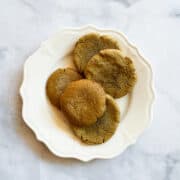

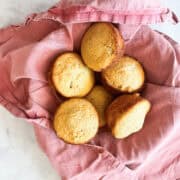
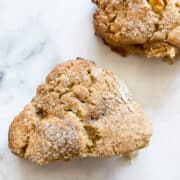
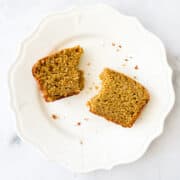

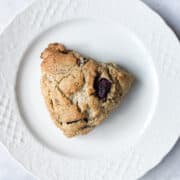
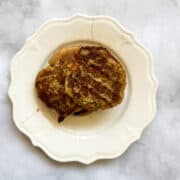

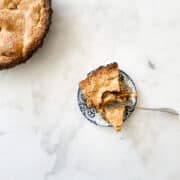


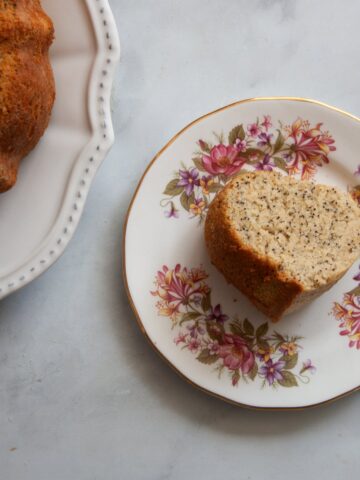

I'd love to hear from you! Please leave me a note.